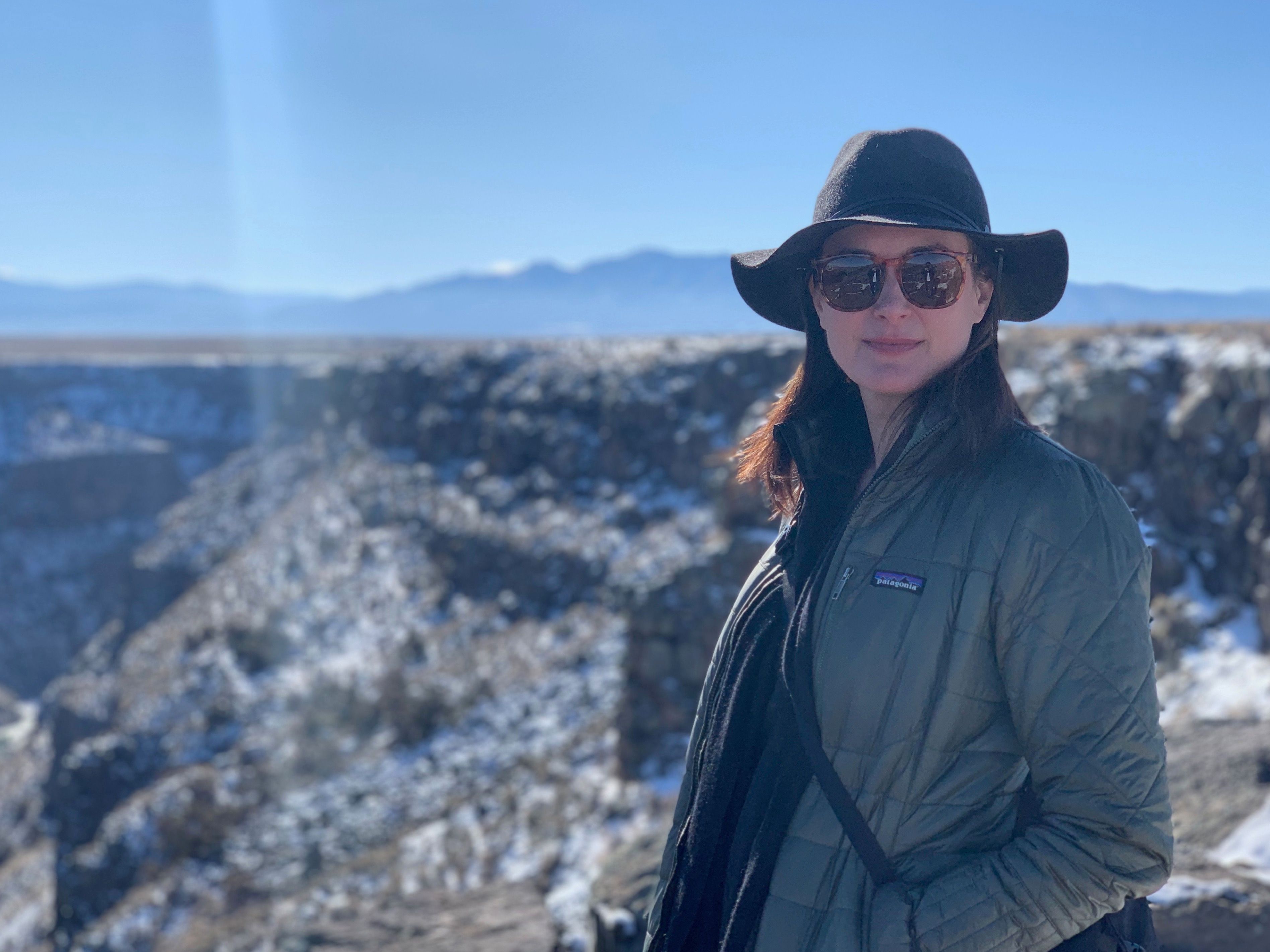Schulz + Paul Hawken (Regeneration)
"The only way we’re going to reverse global warming is to fall in love.”
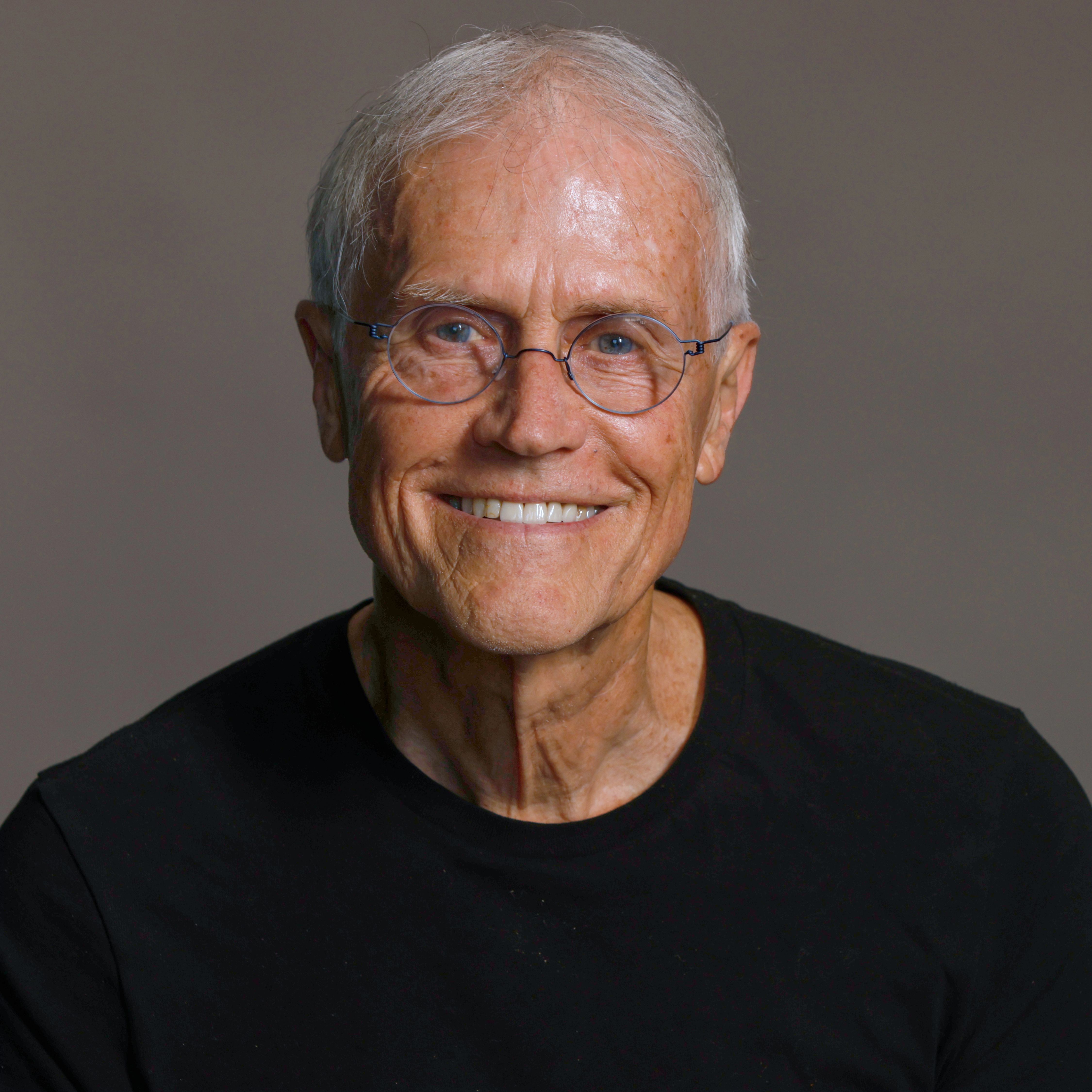

With a background that includes founding several companies, appearances on multiple media outlets including The Today Show, an assault by Klansmen while fighting for civil rights alongside Martin Luther King and the authoring of several books, such as the recently published Regeneration: Ending the Climate Crisis in One Generation (1), serial entrepreneur, author, and activist Paul Hawken has a resume that impresses. Despite this, the reason he became interested in nature remains startlingly simple: “When I grew up,” he says, “it wasn’t safe to be in my home so I spent as much time as possible outside.”
This silver lining to his childhood woes has carried Hawken far. In the outdoors he found an infinite variety of distractions from problems at home in the varied flora and fauna of his surroundings. “As a child,” Hawken reminisces, “it’s easy to figure out a house… but when you go outside it’s the opposite… you don’t know the names of things, you don’t know whether a red berry is edible or poisonous, and what happens when you pull up a rock and things are crawling away or burrowing in the ground.” He describes the sound of birds chirping, the textures of the trees, and his endearing habit of bringing tadpoles home from a nearby creek and watching them grow into frogs in jars he would outfit for them, complete with air holes and food. “I would put horny toads in my pockets,” Hawken laughs, “because I was convinced they were dinosaurs.”
The main takeaway from his childhood habit of wandering in nature was a sense of curiosity. Says Hawken, “It’s not about achievement… it’s about not knowing; you can’t possibly know everything in the natural world.” You can clearly hear an audible sense of wonder in his voice when he talks about the outdoors — an awe at the heart of his love for the living world. He believes when we use the word “environment” it sounds as if it’s referring to something out there, something “other”, when in reality life “is right here, where we are, always… it’s everything.”
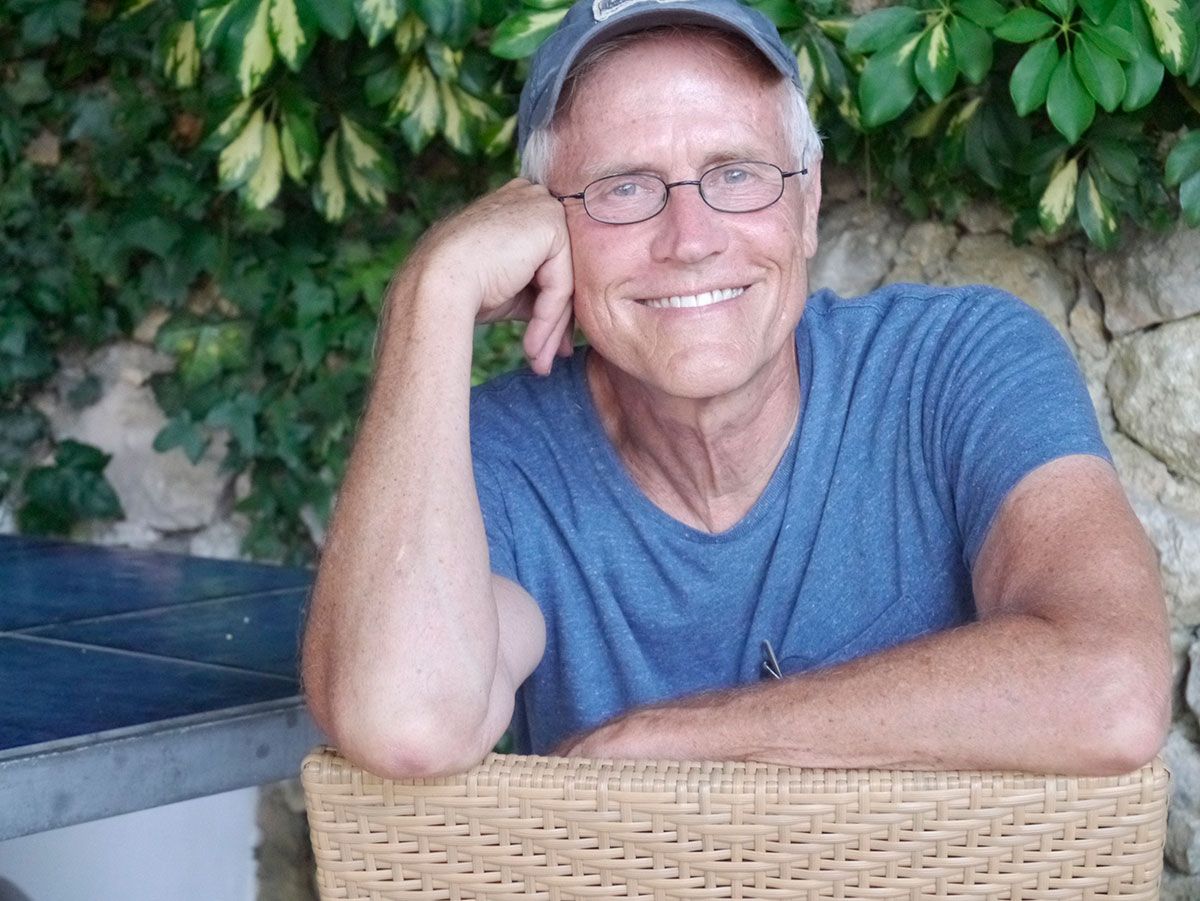
One thing Hawken did know from an early age was that in some way his future would incorporate writing. As a child he had fairly severe asthma from the age of six months, and his mother believed that keeping him in bed would help. From his room he consumed countless books and authors, with a sense that the written word would be a part of his future, too. Beginning to read at the early age of four, he described the same experience writers often have: that of becoming comfortable with books, almost viewing them as friends. He would draw upon this later when authoring his own texts.
Of the great American naturalist authors, Hawken has read them all. He describes Pilgrim at Tinker Creek (2) by Annie Dillard as “just a jewel” and thinks of her in much the same way he describes his childhood self — as an observer. He sees Dillard’s practice as similar to Henry David Thoreau, author of the famed naturalist text Walden (3). To Hawken, their writing is simply a reflection of “being in the world,” which he maintains, is really what being an environmentalist means.
In addition to historical writers, Hawken looks back at his own ancestor’s observations of the natural world — especially the way California looked through his great-great-grandparents eyes. Says Hawken, “I have letters describing California landscapes that no longer exist, forests, waters, and wildlife that are extraordinarily beautiful and full of life… images of the Bay near Sausalito and Tiburon where in the winter you could not see the water, there were so many birds on it.” “Our family,” he says, “has watched California fall apart.” Hawken points out that you no longer have to scrape the splattered bugs and insects from the windshield of your car when you drive through the valley because “they are absent.” He says that researching how much California has changed because of the advent of industrial agriculture is what led him to the idea of Regeneration — a divergence from the degeneration his family has seen over seven generations.
Hawken first started learning about global warming in the seventies at Stanford Research Institute, he says, “we knew the same basic information then as we know now about its cause and potential impacts.” Throughout the nineties climate awareness grew. Leaders such as Al Gore, Bill McKibben, Michael Mann and later Katherine Hayhoe, were richly informed and eloquent in their writing. Hawken thought that the subject of global warming was in good hands and focused his attention on ecosystems, social justice, and civil society. By 2001, when the Third Assessment of the IPPC came out, he questioned whether the climate movement or climate communication were sufficient or effective. That is when the idea for his seminal climate book, Drawdown: The Most Comprehensive Plan Ever Proposed to Reverse Global Warming (4) began.
Going back, there were some specific moments where Hawken’s childhood curiosity about the natural environment morphed into adult concern, starting with his asthma. He maxed out on the medication he needed in order to breathe so he had three different doctors prescribe the same medication. Frustrated by Western medicine’s approach of treating symptoms rather than addressing cause, he turned to alternative means, eventually embracing a food fast in which he ate only rice and tea for ten days.
Initially fearing this solution was too simple, he started testing out foods he had been eating before such as apple juice, hamburgers, milk shakes, etc. He added one food at a time and could immediately feel the effect different types of food had in his body. On a food fast, it is easy to feel how sensitive our bodies are to our environment. What became clear was that most of the food Americans eat is harmful to human health. Erewhon was born from this realization, the now-famous natural food store Hawken founded that introduced and popularized the concept of “natural food.”
While embracing a plant-based diet might not seem relevant to addressing global warming, he could see that the two are intricately intertwined.

Driving down a road one day in Louisiana with an organic rice farmer, Hawken noticed a dead pelican’s corpse laying in a rice paddy. Expressing surprise, the farmer told Hawken that the death was to be expected. The pelican eat fish in the rice paddies, and the fish have been poisoned by a mercury-based fungicide used by conventional farmers to prevent rice seeds from fungal disease. In this moment Hawken saw that our food practices were not just harming our bodies, they were harming our planet. He saw that there was no such thing as damaging just one part of the Earth while leaving other parts alone because all elements of the living world are inseparable and deeply interconnected. In other words, everything is the environment and the environment is everything.
Within seven years Erewhon had thirty thousand plus organically farmed acres under contract in thirty-five states. Through this journey, Hawken got to talk to a number of farmers in various parts of America and learn about how our food is being produced and the impacts commercial farming was having on birds, water, health and soil. One unfortunate aspect of the current USDA organic food standard is that it has been taken over by industry and the “standards” allow feedlots, hydroponically grown vegetables, chickens that never see the sun or a blade of grass, and other practices that have nothing to do with the original organic movement still be labeled and sold as organic.
True organic food comes from farming in a way that feeds the soil, making not only the food more nutritious, but benefits the land it comes from, too. Healthy food comes from healthy soil. The water that comes off clean soils keep streams and rivers clean. Regenerative agriculture supports pollinator populations (insects) which feed the birds. Life returns to the farm. Because no pesticides are used, the farmers, their families, and workers are safe and protected. Hawken says that regenerative practices can and are being applied to all aspects of our economy, serving as its organizing principle. “Can we have an economy that creates more life than takes life?” he asks. He says yes because “that is what life has always done and taking more life from the planet as we are doing now is a dead end—literally.
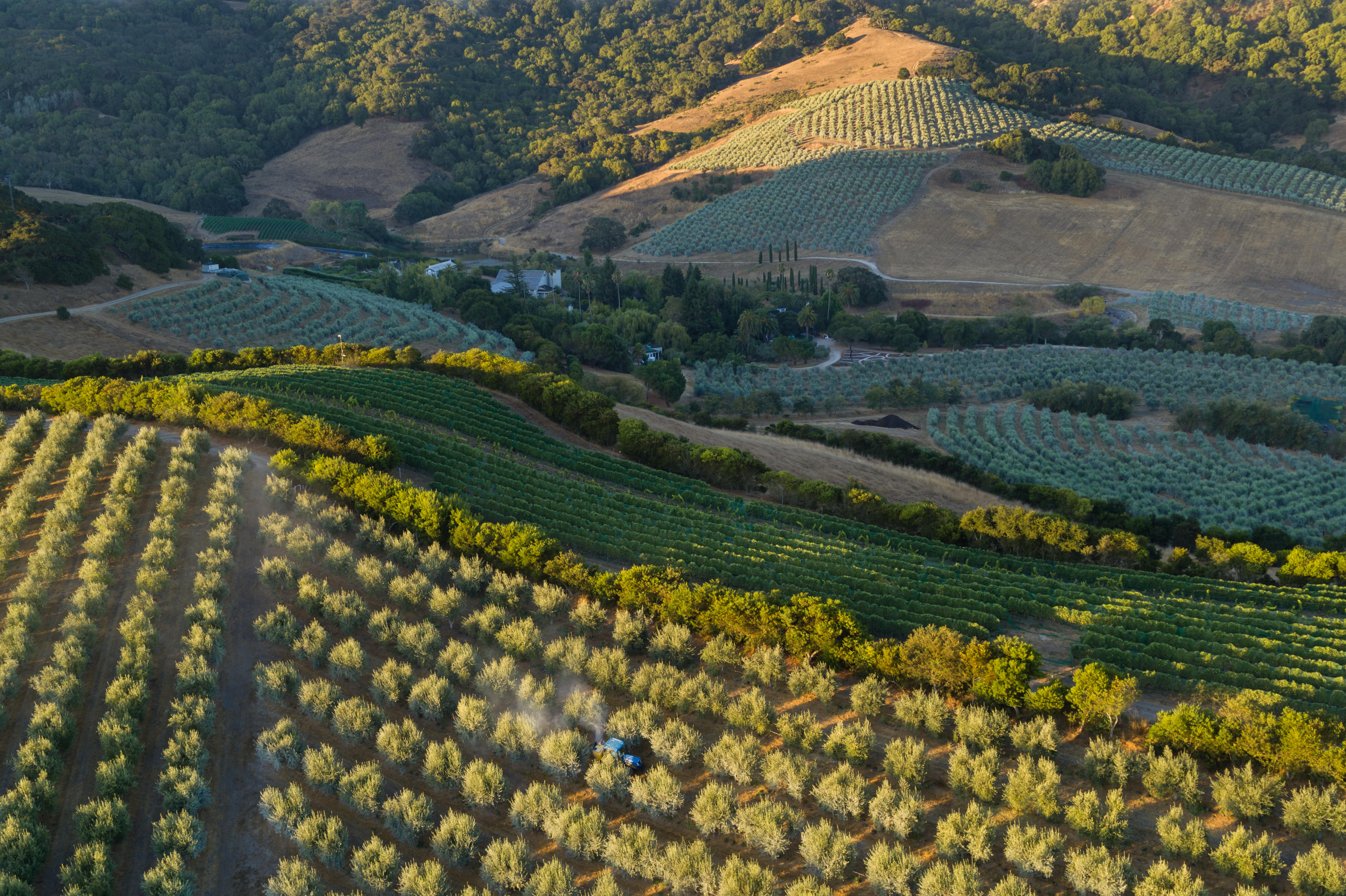
Hawken speaks to the fact that all industries are extractive — using methods which take life and deplete the environment rather than nourish it. “It’s not just coal, gas, oil and farming,” Hawken emphasizes, “it’s cardboard, cars, clothing, plastic… services and products; if you analyze everything we make and buy, and look down the supply chain, you will see all industries and products cause harm. They are taking life.” Hawken sees industry operating in a way that is the complete opposite of the natural world. Industry depletes, degrades and degenerates, whereas “the default mode of life is regeneration,” he states.
Hawken sees this regeneration happening on every level, from the macro — the way fire ecology can lead to healthier forests by preventing large destructive fires and opening up the forest floor to more sunlight— to the micro — the fact that the 37 trillion cells in our body regenerate every millisecond throughout our lives. This, Hawken says, undergirds the golden rule for regenerative culture: life creates the conditions for more life. Unlike commercial agriculture, regenerative farming enriches nature through every aspect of its process rather than depletes.
Project Regeneration’s stated purpose is ambitious: to end the climate crisis in one generation. Hawken has several resources available on the Regeneration website on how to get involved with your community, friends, and family on addressing climate issues. The website, like the aforementioned book, is beautifully designed. On the home page, you have the option of scrolling down through a variety of different “ecosystems”, such as a forest, a grasslands area with wind turbines and a net-zero city. In each of these ecosystems, life regenerating practices and carbon-sequestering methods are discussed.
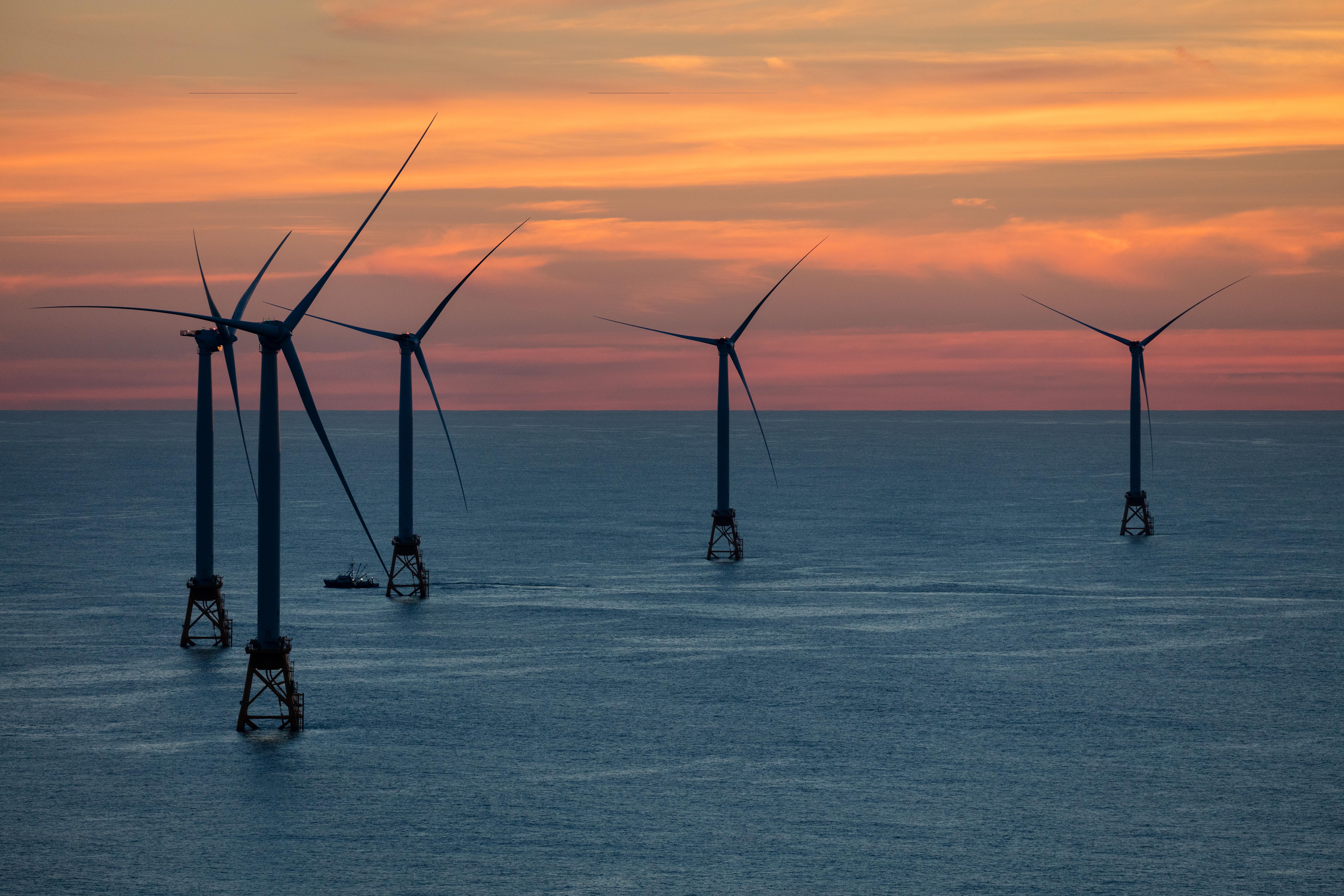
For instance, “net-zero city” discusses the merits of carbon architecture, a type of building process that uses carbon-sequestering materials like wood, dirt, bamboo and hemp. By utilizing this type of architectural process, buildings that would normally be a source of carbon emissions become the inverse, a carbon sink — which is anything that absorbs more carbon from its surroundings than it releases. Around twelve percent of emissions come from embodied carbon, carbon contained within a building structure before it becomes operational. Building materials that use carbon-sequestering materials reduce the overall footprint significantly.
Another section titled “Education of Girls” shows a girl and her little sister carrying their books on their way to school. The text explains the relationship between educated women and reducing a host of societal issues such as child marriage, infant mortality, even malaria and HIV/AIDS. It goes on the say that societies with educated women have higher levels of health, social stability, agricultural production yields, and economic growth. It concludes dramatically: “realizing the potential of women is the single most important pathway to planetary regeneration.”
A lush field of green contains the word “peatlands”, and explains that peatlands are wetland ecosystems that contain large stores of “thick, black carbon” built up over time because organic matter decomposes slowly in humid environments. Commonly known as bogs, mires, swamp forests or heaths, when these areas and their “spongy sinks” are exposed by the methods of slash-and-burn deforestation to set-up palm oil plantations, it releases large amounts of carbon into the area. This threatens not only the local area, including the people, plants and animals that surround it, but also the global climate as well.
Fast fashion and the clothing industry are another extreme example of how ecologically damaging our everyday lives have become, especially in privileged and wealthier countries. The clothing industry accounts for about eight percent of the world’s global emissions and even more damage when it comes to the amount of water used and made toxic in the dying process. For this reason, Schulz is committed to providing products that last, keeping them out of the dumpster and allowing them to be continually reused by generations to come.
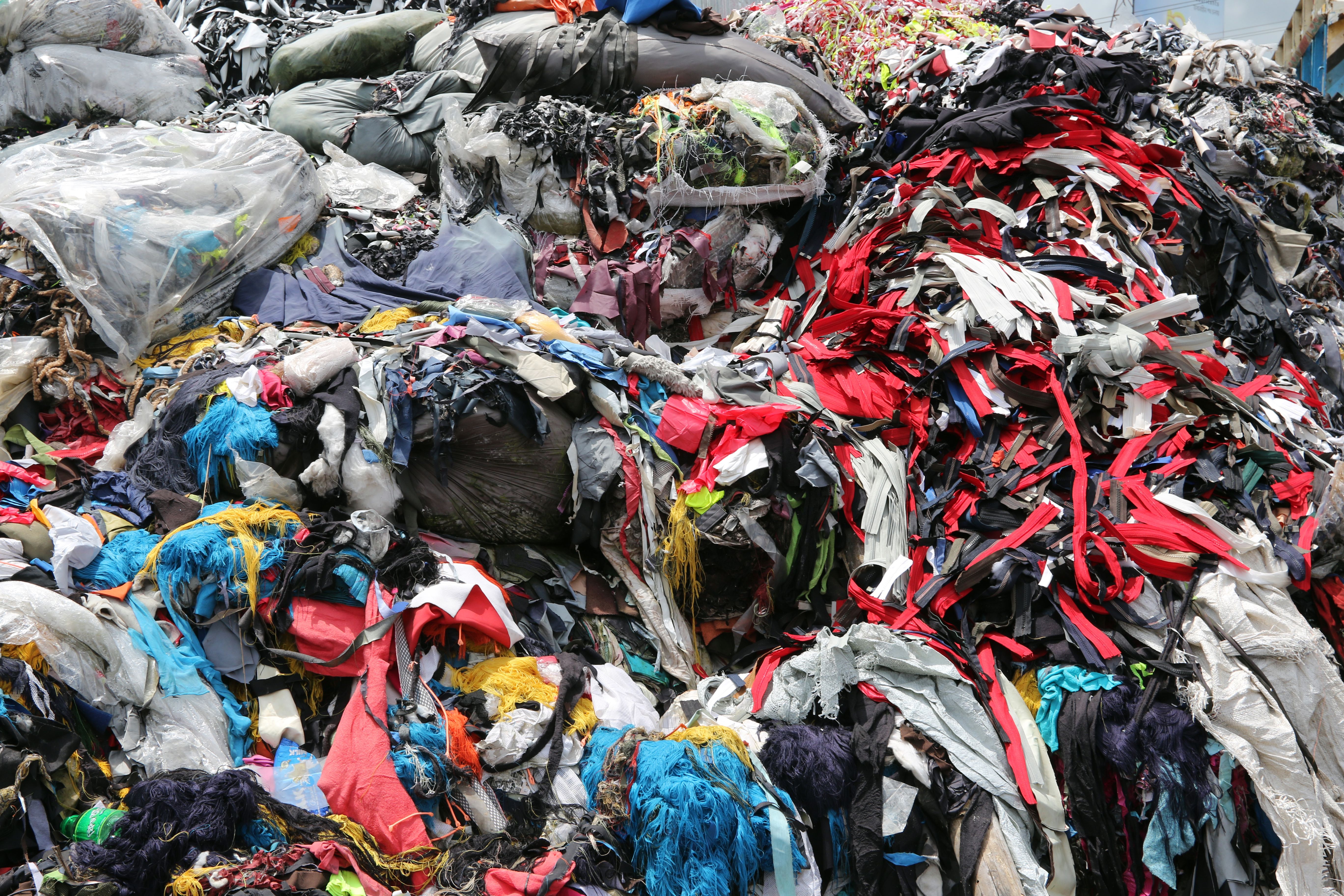
Many of the links included on the website homepage — regenerative agriculture, electric vehicles, clean cookstoves, to name a few — have a corresponding thread in the Nexus portion of the site. Nexus will become the “world’s largest listing of climate solutions and how to get them done.” It provides users the know-how and means to not just their individual life but also communities, schools, cities, companies, and more. At the bottom of the home page you can click “make a punch list”. The punch lists, unique to the Regeneration website, wherein you can create a personalized list of action items — things you are willing to change in your life in an effort to end the climate crisis and share it for others to see. When you read other people’s punch lists they inspire and provide ideas you may not thought of, in addition to being fun to read.
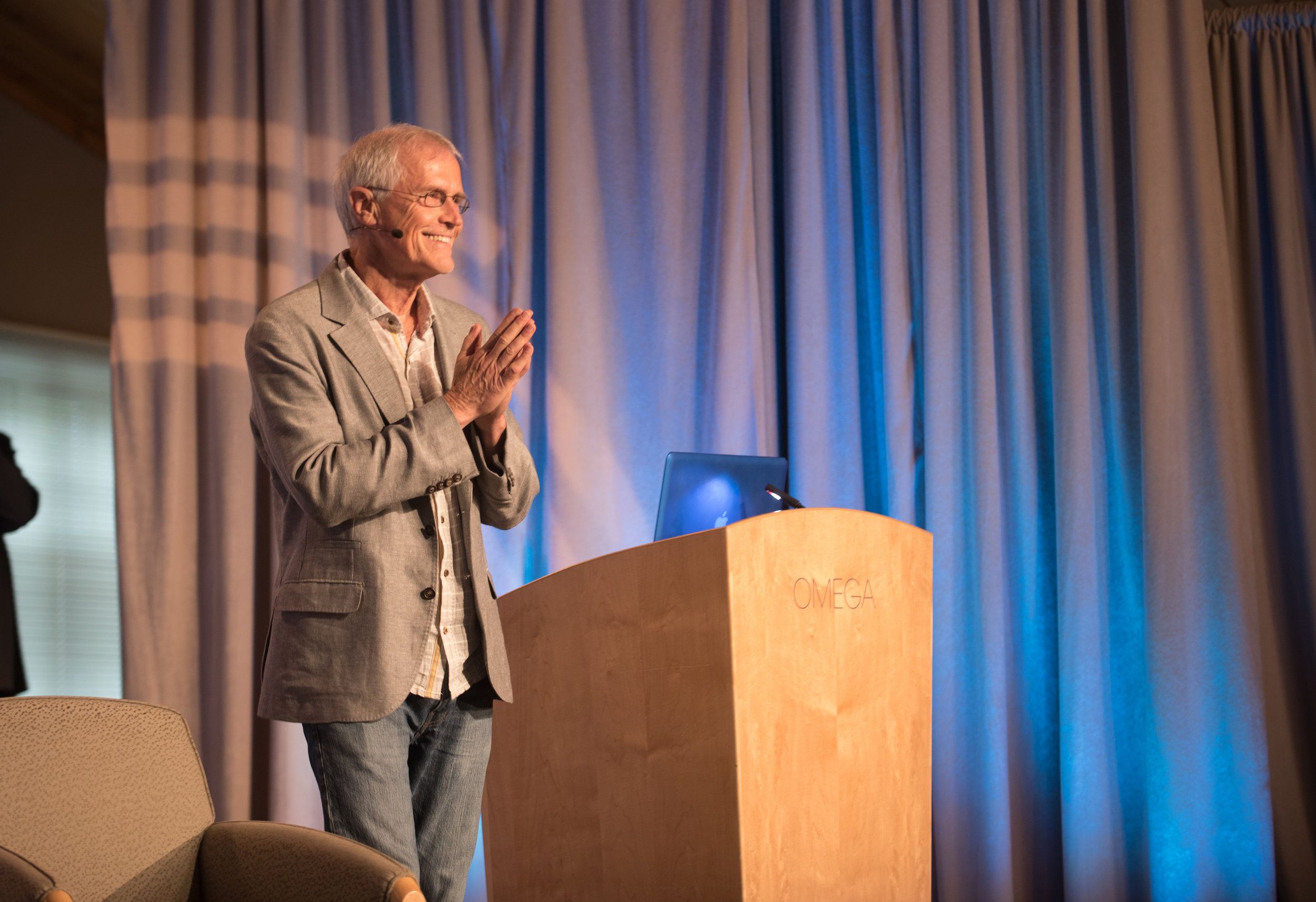
While Hawken understands that there are practical ways in which we can contribute — such as becoming more aware of our consumer choices and perhaps most importantly, consuming less, especially when it comes to animal protein, clothing and single-use plastics. His position is also that we must change the way we see the living world. Hawken does not believe in using sports and war metaphors such as combatting, fighting and tackling climate change. The atmosphere and the biosphere are the same thing. “Nature never makes a mistake,” he states emphatically, “We do.”
He views this fighting language as a kind of a tell, that it comes from a culture where we think of nature as “other”, that we are divorced from our environment, when in fact we are completely inseparable from our surroundings, totally interdependent. People who are at war with nature are “ultimately at war with themselves,” he says. Hawken believes we must resist this mentality in ourselves even when we see it in others and that we should not demonize companies, corporations and people that cause harm because their desires, fears, and ignorance are in everyone, including ourselves. He believes that “speaking truth to power and doing what we can to stop all harm and damage… is not an antagonistic thing to do, it’s about caring,” he says, “it takes courage.” At this point in the conversation Hawken hesitates ever so slightly, conceding that what follows might sound “a little banal to some.”
“Really, the only way we are going to reverse global warming is to fall in love,” Hawken says. “If we don’t love each other, if we don’t love where we live, if we don’t love all that we receive — air, water, bird songs, beauty, fireflies, frogs, and food — if we are not grateful for them and all that lives, we will lose them.”
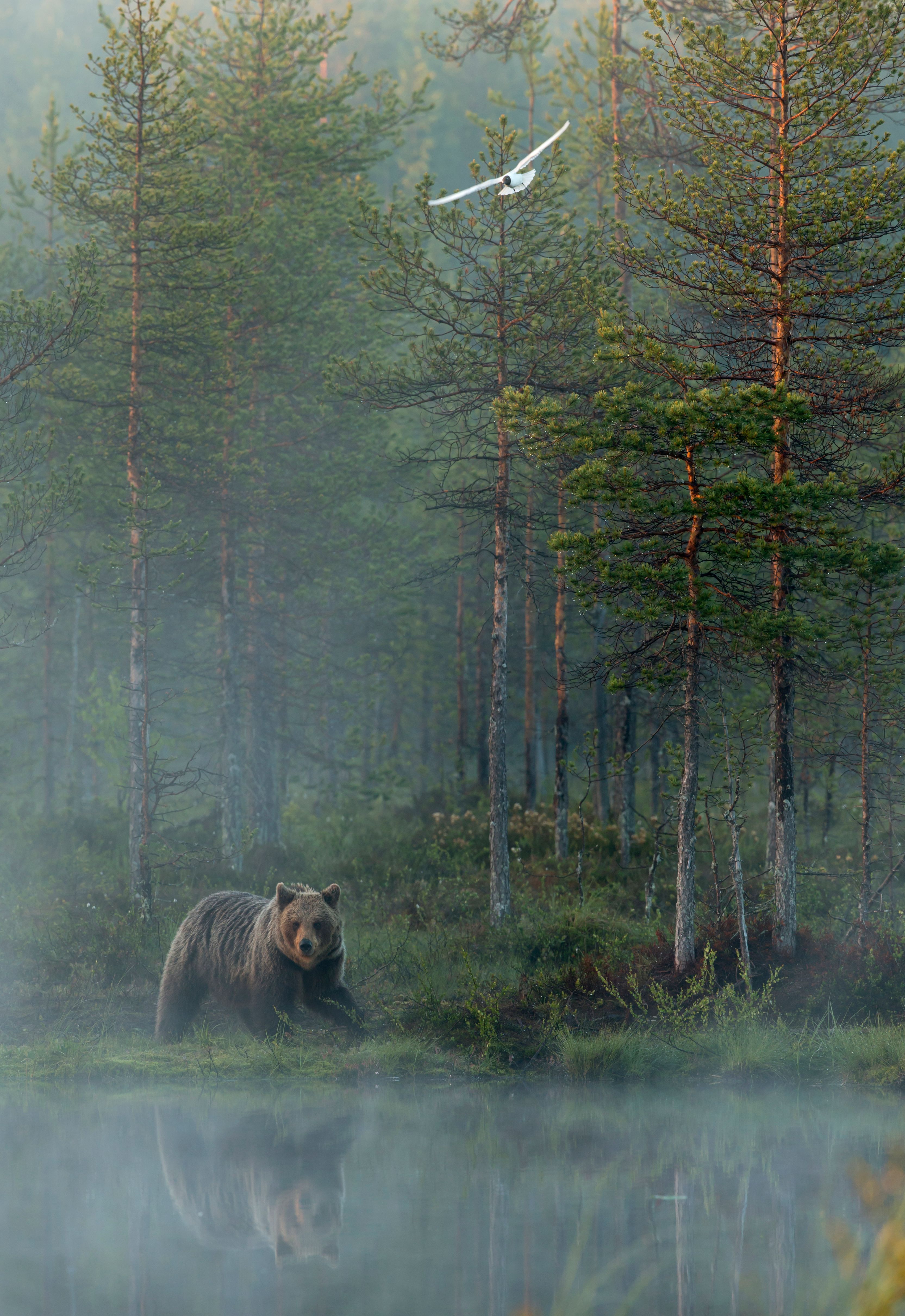
Find out more about how you can support Project Regeneration.
1. Hawken, Paul. Regeneration: Ending the Climate Crisis in One Generation. New York, NY: Penguin, 2021
2. Dillard, Annie. Pilgrim at Tinker Creek. New York: Harper & Row, 1974
3. Thoreau, Henry David. Walden. Bostom: Ticknor and Fields, 1854
4. Hawken, Paul. Drawdown: The most comprehensive plan ever proposed to reverse global warming / edited by Paul Hawken. New York, NY: Penguin Books, 2017
Photos by:
George Steinmetz
Getty
Danny Green
